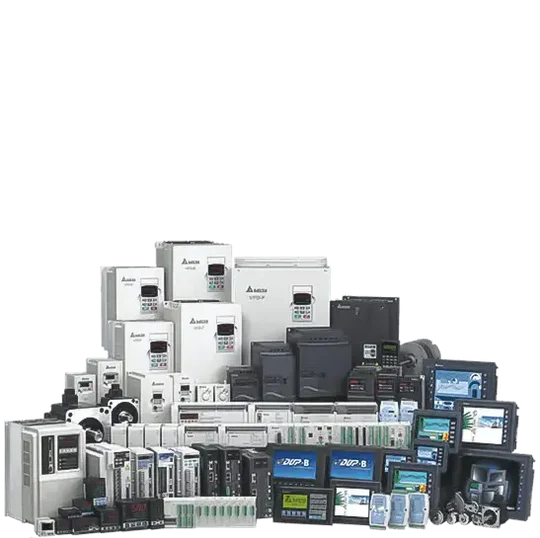Here are the items that we found.
Description
| Manufacturer | Industrial Automation |
| Brand | Allen-Bradley |
| Part Number/Catalog No. | 1747-SCNR |
| Series | SLC 500 |
| Module Type | ControlNet Scanner Module |
| Scan I/O | Yes |
| Compatible Processors | SLC 5/02, 5/03, 5/04, 5/05 |
| Backplane Current (5 Volts) | 800 milliamps |
| Backplane Current (24 Volts) | 90 milliamps |
| Weight | 1 pound (0.45 kilograms) |
| Operating Temperature | 0-60 Celsius |
| Chassis Module Slots | 30 |
| Communication | Ethernet, RS-232 |
| Backup Memory | Flash |
| UPC | 10612598186546 |
| UPC | 10662073876929 |



